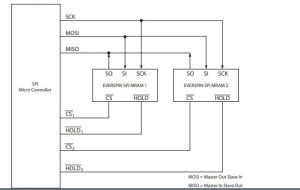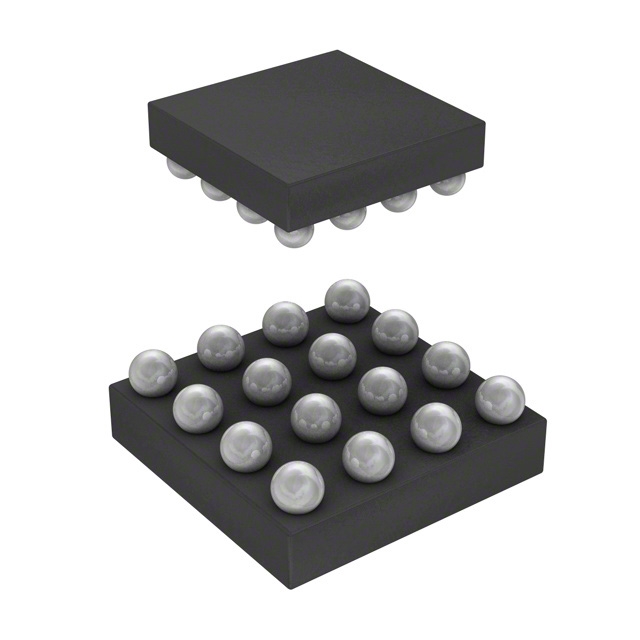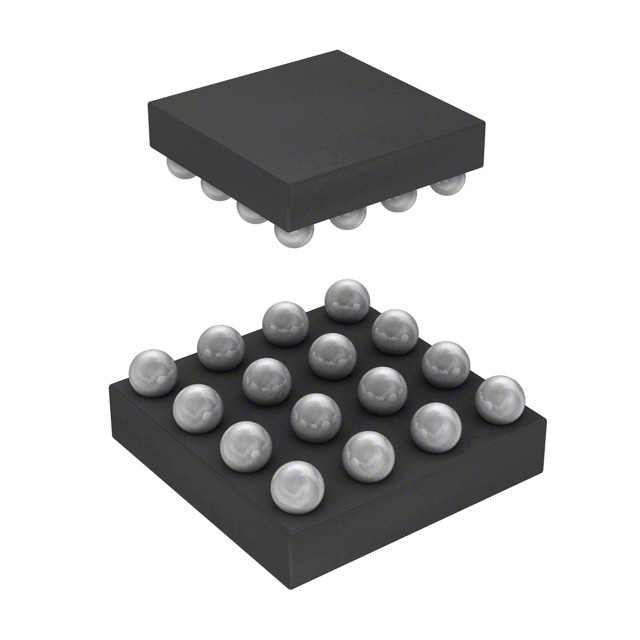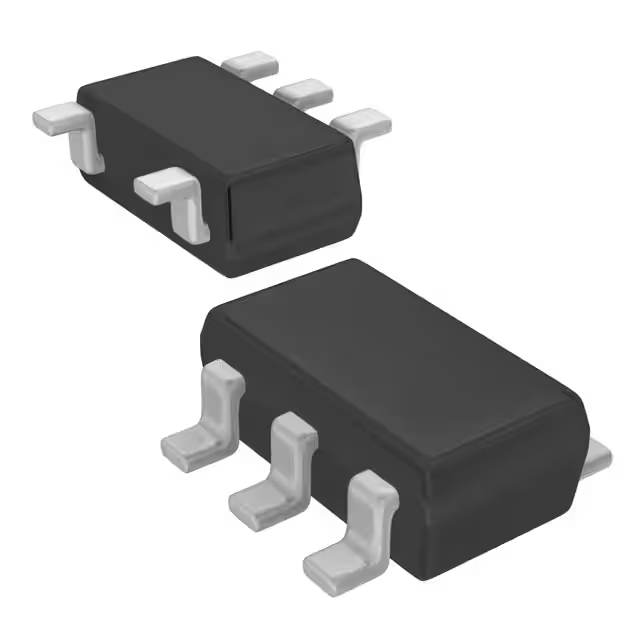MR25H40MDF datasheet & price | PDF
- Brands: Everspin Technologies Inc.
- Download: MR25H40MDF Datasheet PDF
- Price: inquiry
- In Stock: 13,338
- Memory Type: Non-Volatile
- Memory Format: RAM
- Technology: MRAM (Magnetoresistive RAM)
- Package: 8-VDFN Exposed Pad

FREE delivery for orders over HK$250.00

Quick response, quick quotaton

Flash shipment,no worries after sales

Original channel,guarantee of the authentic products
mr25h40mdf
The MR25H40MDF is a 4-Megabit serial SPI EEPROM from Macronix, perfect for applications needing fast, non-volatile memory. It stores up to 4 million bits of data and communicates through SPI, offering quick read and write speeds. This memory chip runs on low power, making it great for battery-powered devices. It’s built for durability with up to 1 million write/erase cycles and can retain data for up to 100 years without power. Operating between 2.5V to 3.6V, it’s compatible with low-voltage systems and comes in an 8-pin SOIC package.
mr25h40mdf pinout diagram
| Pin Number | Pin Name | Description |
|---|---|---|
| 1 | CS | Chip Select (active low, used to activate the chip for communication) |
| 2 | SO | Serial Output (MISO – Master In Slave Out, used for data output from the device) |
| 3 | WP | Write Protect (active low, used to disable write operations to the memory) |
| 4 | VSS | Ground (GND) |
| 5 | SI | Serial Input (MOSI – Master Out Slave In, used for data input to the device) |
| 6 | SCK | Serial Clock (used to provide the clock signal for data transfer) |
| 7 | HOLD | Hold (active low, used to pause the clock signal during operation) |
| 8 | VCC | Power Supply (2.5V to 3.6V) |
Here’s a simple breakdown of the MR25H40MDF pinout:
-
CS (Chip Select): Pull this low to activate the chip. When high, the chip is inactive.
-
SO (Serial Output): This is where data flows from the EEPROM to the microcontroller.
-
WP (Write Protect): Pull it high to disable writing to the chip, ensuring data protection.
-
VSS (Ground): Connect this to your system’s ground.
-
SI (Serial Input): This is where data from the microcontroller goes into the EEPROM.
-
SCK (Serial Clock): Provides the clock signal for data transfer, controlled by the microcontroller.
-
HOLD: Pause communication when needed by pulling it low.
-
VCC (Power Supply): Connect this to a 2.5V to 3.6V power source for proper operation.
Make sure to connect the SPI lines (CS, SO, SI, SCK) properly for communication to work.
mr25h40mdf equivalent mram chip
| Model | MR25H40MDF | CY15B104Q | IS25W128 | MRAM16M |
|---|---|---|---|---|
| Memory Size | 4 Mbit (512K x 8) | 4 Mbit (512K x 8) | 16 Mbit (2M x 8) | 16 Mbit (2M x 8) |
| Interface | SPI | SPI | SPI | SPI |
| Operating Voltage | 2.5V to 3.6V | 2.3V to 3.6V | 2.5V to 3.6V | 2.5V to 3.6V |
| Access Time | 5ms (typical write) | 45ns (typical read) | 50ns (typical read) | 50ns (typical read) |
| Package | 8-pin SOIC | 8-pin SOIC | 8-pin SOIC | 8-pin SOIC |
| Write Endurance | 1 Million cycles | 10 Million cycles | 1 Million cycles | 10 Million cycles |
| Additional Notes | Popular for low-voltage systems | Faster read access time, lower voltage range | Larger memory, slower write endurance | Larger capacity, similar voltage and interface |
If you’re looking for a replacement for the MR25H40MDF, the CY15B104Q is a great choice if you need faster read speeds and similar 4 Mbit memory. It offers quicker read times (45ns) compared to the MR25H40MDF, which has a slower 5ms write cycle.
For applications requiring more memory, the IS25W128 or MRAM16M (16 Mbit memory) would be better, though keep in mind these have slower write endurance.
-
Speed: CY15B104Q is faster with 45ns read times.
-
Endurance: CY15B104Q and MRAM16M last longer, with up to 10 million write cycles.
-
Memory Size: For 4 Mbit, MR25H40MDF or CY15B104Q works, but for larger sizes, go for IS25W128 or MRAM16M.
mr25h40mdf spi mram circuit example

When wiring two MR25H40MDF chips to one SPI bus, you’ll share the SCK, MOSI, and MISO lines. Your MCU provides the clock (SCK) and output data (MOSI) to both chips, and each chip sends data back via the shared MISO line.
Each chip needs its own Chip Select (CS) line. To talk to a specific chip, pull its CS pin low while keeping the other CS pin high to prevent conflicts.
If you’re not using the HOLD feature, connect it directly to VCC to avoid accidental triggering. It’s good practice to place a 0.1µF decoupling capacitor near each chip for stable power, and keep SPI wiring short for clean signals.
mr25h40mdf microcontroller wiring
To connect the MR25H40MDF SPI MRAM to your microcontroller, just follow the standard SPI wiring:
-
Connect CS to any GPIO (e.g., Arduino D10).
-
Connect SO (MISO) to MCU MISO (D12).
-
Connect SI (MOSI) to MCU MOSI (D11).
-
Connect SCK to MCU SCK (D13).
-
Tie WP and HOLD to VCC if not used.
-
Use a 3.3V power supply; avoid 5V to prevent damage.
-
Add a 0.1µF capacitor near the chip for stability.
This setup is perfect for saving configuration data, logging frequently updated data, and ensuring data stays safe even when powered off.
mr25h40mdf spi memory storage project
If you’re making a project where data shouldn’t get lost even after power off, using the MR25H40MDF SPI MRAM is ideal. It’s like EEPROM but way faster and more reliable. Just hook it up with your MCU (like Arduino or STM32) using standard SPI connections. Writing and reading data is straightforward—just a few lines of code. Perfect for saving configurations, logging sensor data, or buffering logs. You could even expand it into a circular buffer for continuous logging.
mr25h40mdf non volatile ram usage
If you’re building something that must keep data safe after power loss, check out the MR25H40MDF. It’s a 4Mbit SPI MRAM chip that behaves just like regular RAM—no erase cycles, instant writes, and data stays safe over 20 years even without power. It handles up to a million write cycles per bit, perfect for frequent logging like temperature or energy usage. Ideal for projects such as smart energy meters where data loss isn’t an option. Just hook it up via SPI, use standard SPI commands, power it with 3.3V, and you’re good to go.


















